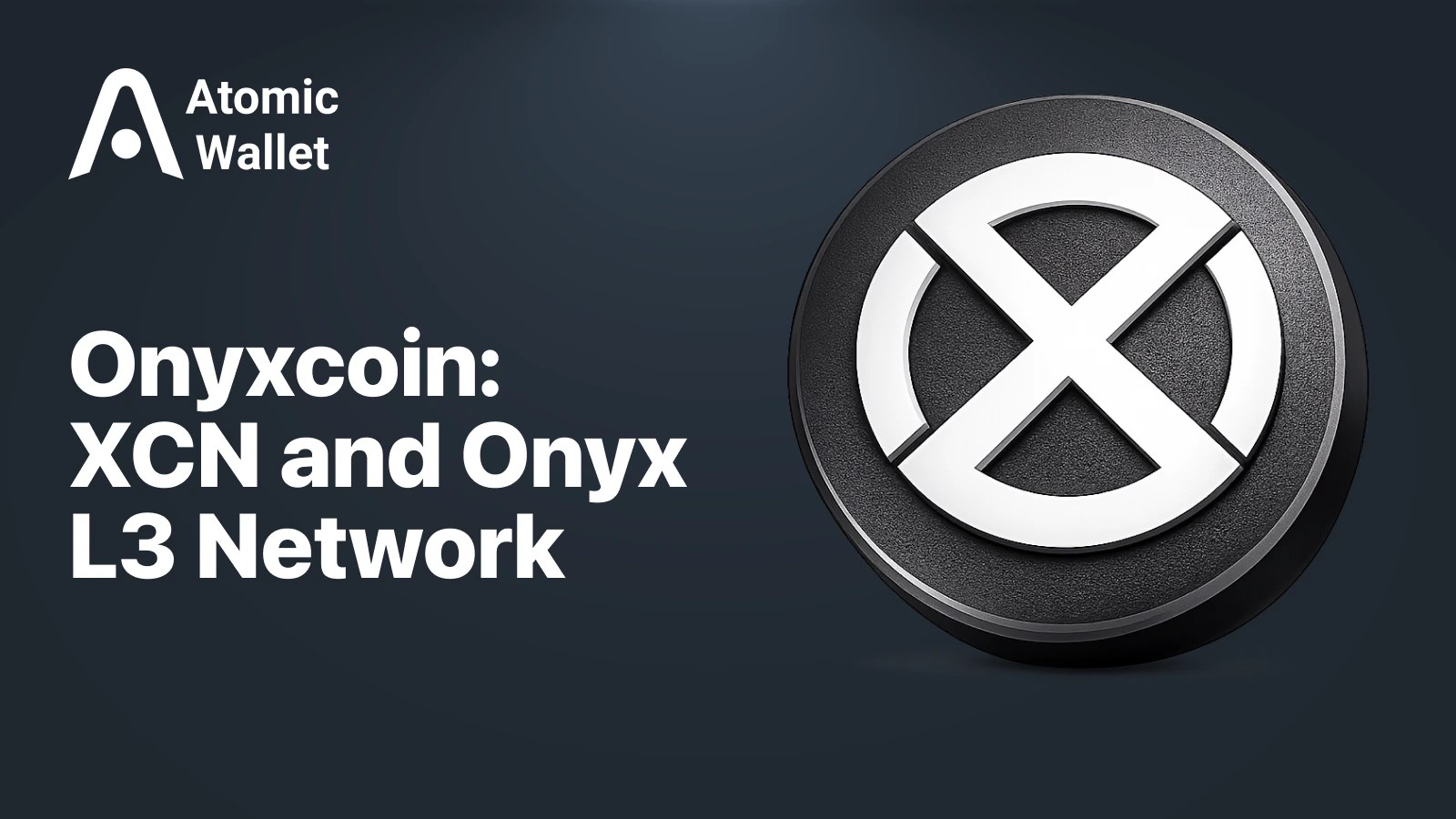Assets

Exchange

Buy Crypto

Products




There is no denying that cryptocurrencies are getting more and more prominence in the Mass market. Low fees, decentralization and no need for intermediaries make crypto appealing for integration into daily life. You can easily transfer any amount of crypto all over the world in a matter of seconds for Ripple, Stellar, EOS, Tron, and just a few minutes for Bitcoin, and Ethereum.
When it comes to centralized institutions and banks, cross-border funds transfer becomes a complicated, time and fee-consuming process. If you live, say, in China and need to move funds to your grandpa living in France, most likely it will take days and you will have to pay at least 5% from the total amount. If you need to convert USD to EUR, you will overpay 7%.
This is especially inconvenient for cross-border trading. If you’re a merchant, would you like to loss hundreds of dollars monthly just wasting them on fees? The need to pay fees inevitably influences the prices of the goods you sell. Cryptocurrencies help solve this issue with the help of fast transactions and low fees. Still, not everywhere crypto is actively used due to volatility, scalability issues and other hurdles.
Cryptocurrency volatility is one of the major obstacles in the way to mass adoption. You can buy Bitcoin for one rate and sell it the next day at another. The next big issue is transaction speed. If you’re, say, a giant e-commerce company, you may have hundreds of payments worldwide on a daily basis. If the blockchain gets overloaded, payments will be stuck for days to went through. The last, but not least issue is that you can’t just get to the bank and exchange your crypto to the fiat currency.
Stablecoins are designed to resolve these issues.
Stablecoins are cryptocurrencies with total amount pegged to other assets. (In the most cases it’s USD or other cryptocurrencies). Some examples: Tether, Gemini Dollar, USDC, PAX, and DAI.
Stablecoins work as a bridge between the world of crypto and the world of fiat currencies. The companies use some centralized authorities that back every coin with one-to-one equivalent in USD or Crypto and controls the price volatility.

For example Tether, one of the top cryptocurrencies nowadays. The project is made on the Omni Protocol Layer above the Bitcoin, Litecoin and Ethereum Blockchains.
Tether founders claim that every Tether coin (USDT) is backed with 1 US Dollar equivalent, but for all the years still didn’t provide any official documentation or audits.

TrueUSD (TUSD). Another stablecoin that published a proof that every TUSD token is backed with $1.
TUSD is based only on the Ethereum blockchain, provides a legal protection to the TUSD holders and is opened to third-parties audits.

USDC is an Ethereum based stablecoin created by Coinbase and Circle company.

Paxos Standard Token (PAX). It’s another stablecoin based on Ethereum blockchain. The project is recently received negative opinion for the backdoor in their codebase that allows PAX authorities to freeze accounts with funds if necessary.

DAI is an Ethereum based Stablecoin. It differs from other stablecoins by implementing a fully decentralized technology. Its price is stable price is backed by Ether, not USD.
StableCoins were created to solve the top problems of cryptocurrencies, such as price volatility and interaction with the real world money and markets.
To do so, Stablecoins companies make a partnership with a the issuer to ensure that the price will stay the same in any cases. That also allows to easily redeem crypto to USD with no limitations. Another benefit of stablecoins — they are customer friendly. You don’t have to think about the rates of the crypto, there are low possibility to lose the funds because of the price changing, it’s convenient system for cross border payments.
StableCoins are often used on major exchanges to transfer Bitcoin into USD.
If you want to store your StableCoins safely, install Atomic Wallet, a decentralized application with a built-in exchange and multi-asset support. Only you control your funds!
Note: We support all aforestated tokens except Tether Omni.

What is Onyxcoin (XCN)? Learn how the Onyx blockchain works, what XCN is used for, current onyxcoin price context, and the latest Onyxcoin news.